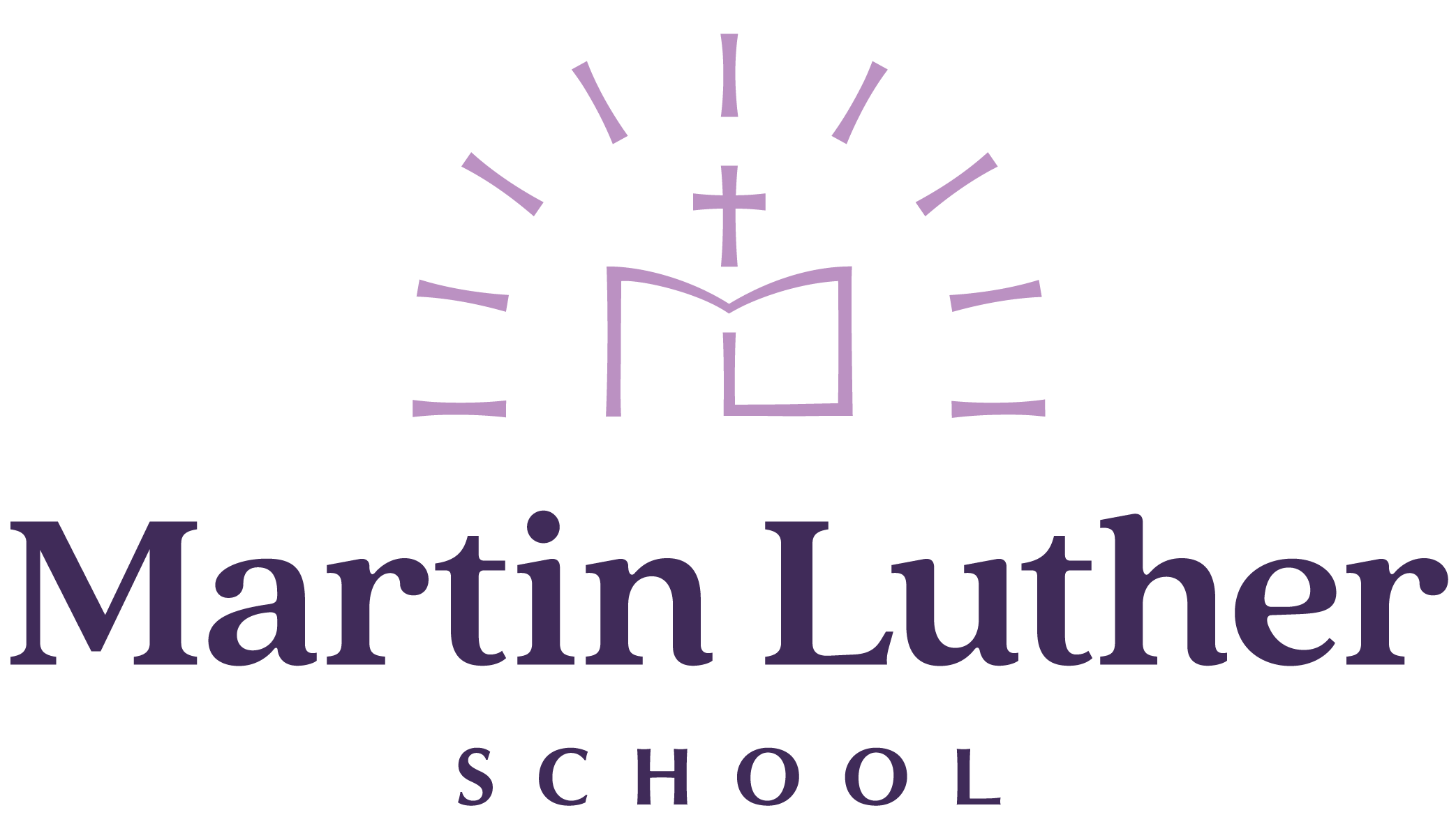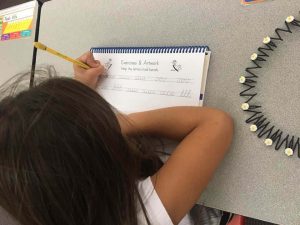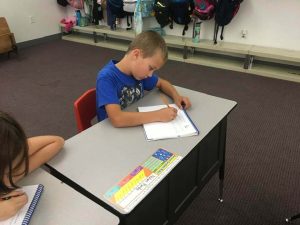What does the curriculum look like?
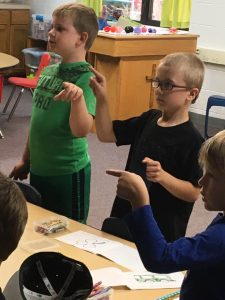 Since our students are in grades K-5, the grammar stage, our goal is to optimize their ability to absorb knowledge, facts, and information. Games, chants, rhymes, songs, movement—these are all part of the way we help engage our students with information that they can use and process even more as they mature. During the grammar stage, they develop a storehouse of information that they can turn to later one when they reach the logical stage in grades 6-8 as they formulate ideas and opinions based on facts.
Since our students are in grades K-5, the grammar stage, our goal is to optimize their ability to absorb knowledge, facts, and information. Games, chants, rhymes, songs, movement—these are all part of the way we help engage our students with information that they can use and process even more as they mature. During the grammar stage, they develop a storehouse of information that they can turn to later one when they reach the logical stage in grades 6-8 as they formulate ideas and opinions based on facts.
Memorization has become a long-lost, yet highly valuable skill. Our students will hone that skill of memorization not only through learning and absorbing facts but also learning by heart God’s Word. While the term “memory work” may come to mind, it is more “learning by heart,” actually taking to heart God’s Word. Because students in the grammar stage are drawn to motion, repetition, action, songs, and chants, we use these activities to assist with learning this information by heart.
Religion: Christ is truly at the center of what we do at Martin Luther School and Preschools. Prayer is integrated at various times of each day, beginning, end, at mealtime, and whenever needed.
Our religion curriculum gives our students background in basic Bible accounts, Lutheran doctrine, and the application of God’s Word to their daily lives.
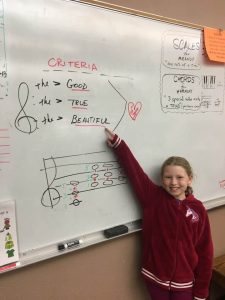 Chapel services are held each Wednesday morning at 8:30, led by pastors from our association LC-MS churches. Parents and visitors are invited to attend these if they wish. Students have the opportunity to bring an offering for chapel. Each quarter of the school year specific charities and ministries are supported by our gifts and offerings.
Chapel services are held each Wednesday morning at 8:30, led by pastors from our association LC-MS churches. Parents and visitors are invited to attend these if they wish. Students have the opportunity to bring an offering for chapel. Each quarter of the school year specific charities and ministries are supported by our gifts and offerings.
Math: We use the Rod and Staff curriculum. Rod and Staff integrates continual reviewing of prior concepts while adding new concepts of mathematic skills. As students advance, a typical lesson may include fractions, geometric, as well as algebraic concepts.
History: We have adopted a combination of The Mystery of History by Bright Ideas Press and “Story of the World” for grades 2-5. We feel that students have a better grasp of history when taught chronologically.
- 2nd Grade covers the beginning of time to 33 A.D.
- 3rd Grade covers 33 A.D. to the Renaissance.
- 4th Grade covers the Renaissance to 1701.
- 5th Grade covers 1701 to modern times.
Geography is also included so that our students have an understanding of the United States, other countries, and the geographical features of our planet.
Literacy We use the spelling, writing, and reading program from Memoria Press. This curriculum has a strong foundation in phonics and fosters a master of basic skills for the early readers.
Science: Our next content area to adapt will be science. We are currently using a combination of Memoria Press and a Biblically-based series from Bob Jones University Press. At the grammar stage, students will learn the facts of science in the world around them. Life science, biology, geology, and elements of scientific study are covered. Again, this will come from a Biblical perspective.
As students progress in the concepts of science, we know that different theories will be presented and evaluated. The theory of evolution, as it is part of not only science but also history as Darwin is introduced in the 5th-grade scope and sequence, is part of the science curriculum, and is defined as what it is, a theory. We teach creationism, a 6-day creation, holding true to Scripture. However, that does not deter us from teaching the facts and theories of the study of science itself.
Latin: Latin is one of the building blocks in understanding not only our own language and sentence structure but also sets our students up for success in other language acquisition. Basic Latin is introduced as early as kindergarten and continues on through the 5th grade. We introduced Latin to our curriculum with the Song School Latin series published by Classical Academic Press for 1st and 2nd grade and Memoria Press for grades 3-5.
Learning Cursive: Cursive handwriting is also part of our curriculum. Research shows that teaching handwriting skills benefit cognitive development and motor skills and reading comprehension. Students challenged with dyslexia benefit from using cursive handwriting. Cursive handwriting helps with knowledge retention, as well. Having an understanding of cursive also allows students to read many historical documents in their original form. We use the New American Cursive series from Memoria Press and introduce cursive in the first grade.
Music and the Arts: As Luther once said, “When you sing, you pray twice.” Music has a special place in the Lutheran tradition. It is also highly useful for committing to heart that which is of most importance, God’s Word and truth.
Our students are also introduced as early as preschool to well-known artists and their works. Our elementary students have an “artist of the week” that they include in their weekly recitations. They are introduced to the artist and the title of specific works by the artist. They also learn different techniques and work with different mediums to create works of their own.
Martin Luther School has an appreciation for hymnody and liturgy in chapel and in the classroom. Luther used hymns as a means to teach people the truths of scripture. Hymnody is rich with beautiful language, metaphor, and illustration. Familiarity with hymns can help children to quickly understand the cadence and rhythm of music and poetry as well as teach students how to read musical notation itself.
Our students also enjoy taking part in musicals. Through musicals, our students learn stage presence, movement with music, and teamwork as they work together to create a polished production. It is one of the highlights of the year!
Luther Academy of Music: Private piano, instrumental band, and Suzuki violin are offered through Luther Academy of Music, and students have the opportunity to take these lessons during the school day.
